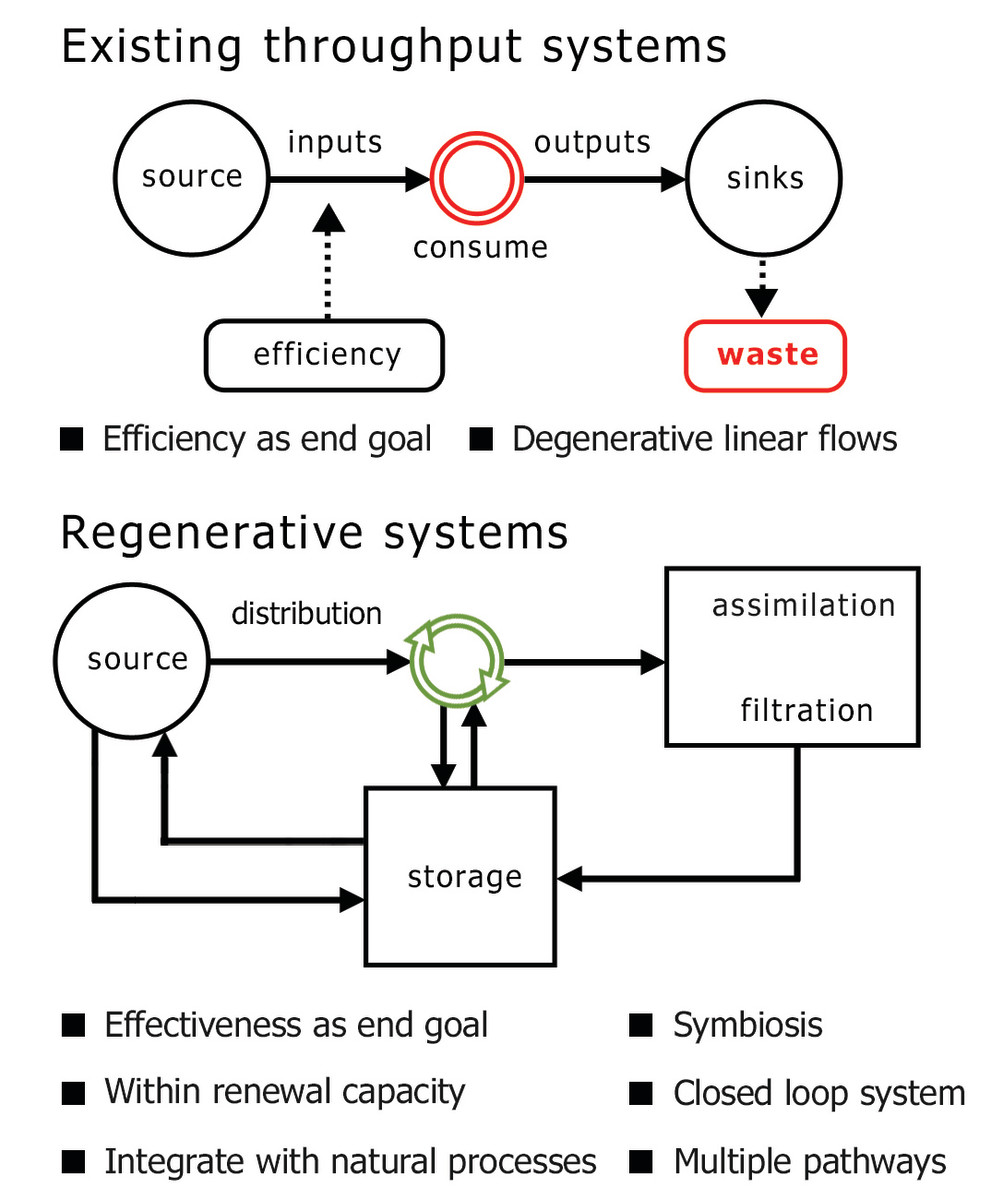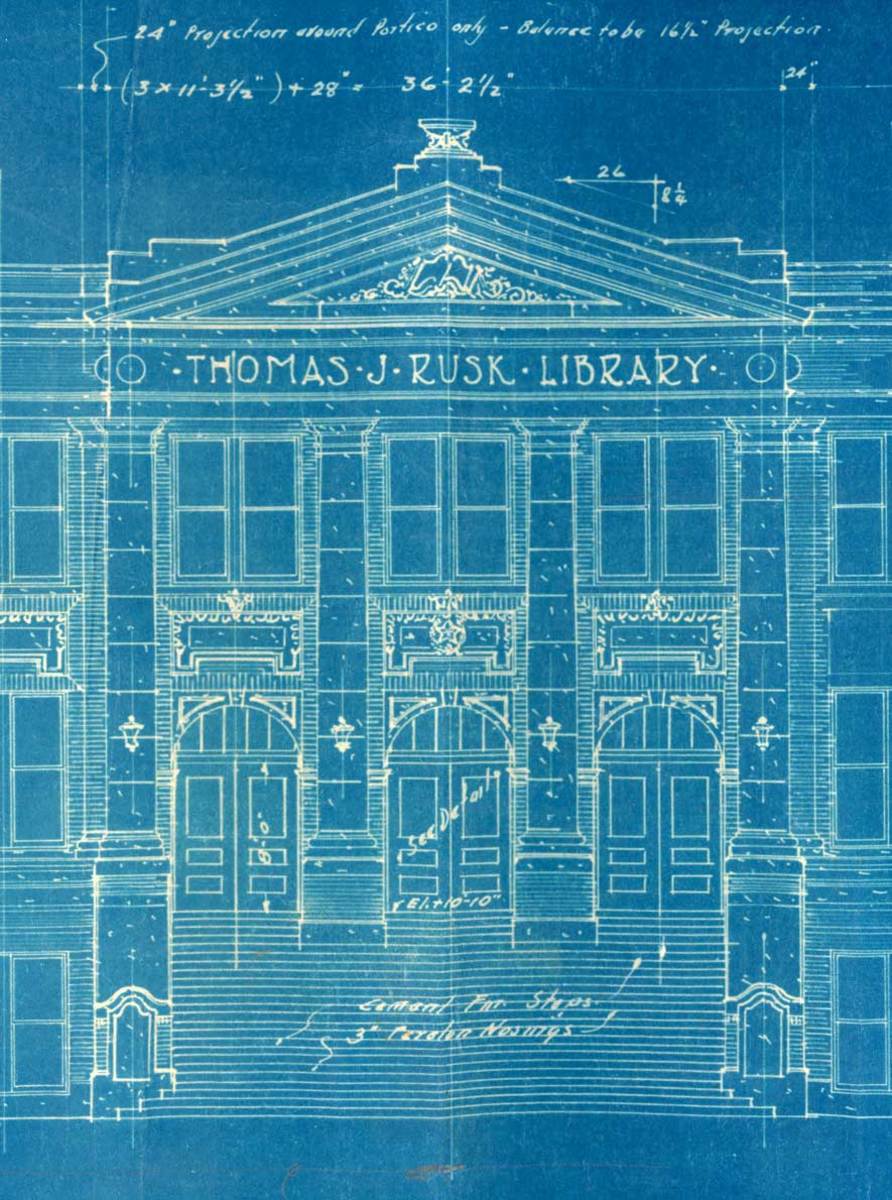The Language of Architecture
Modern Architecture
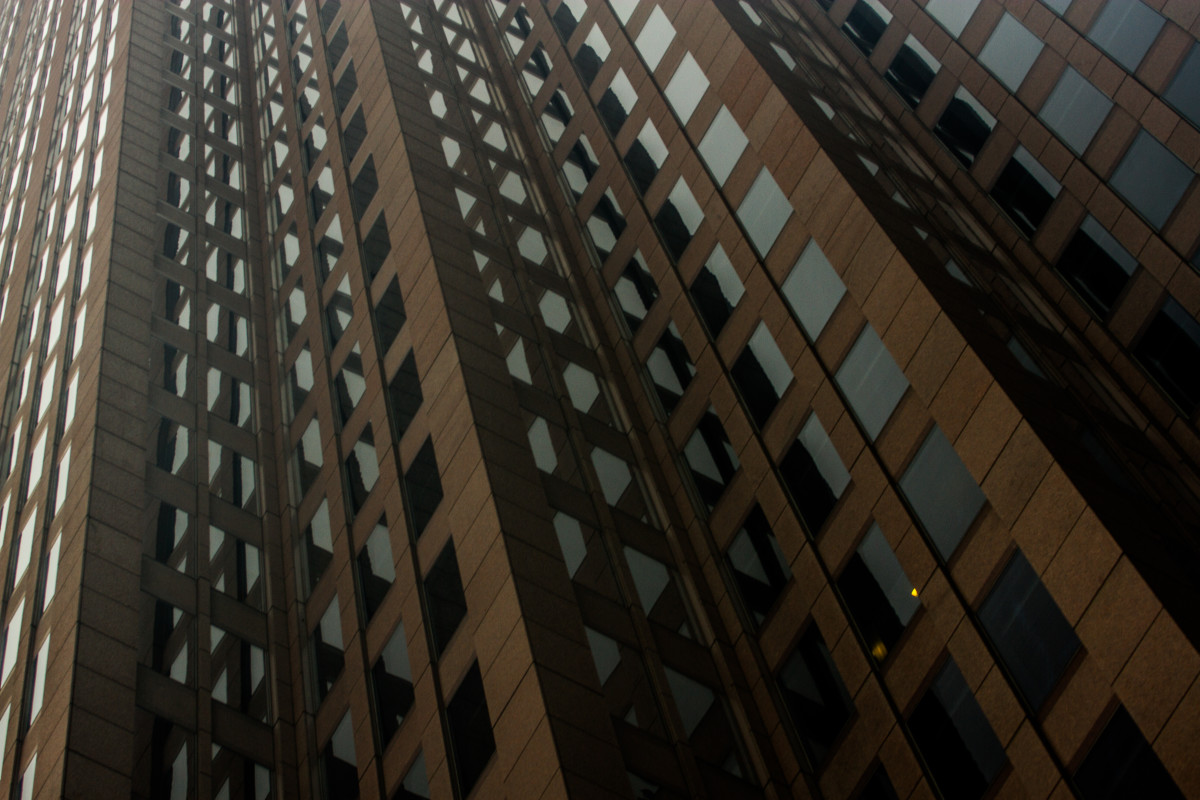
Art and Architecture
How do architects use the visual elements of line, shape, color, texture, pattern, value and light, mass, and volume (the elements of art)?
How does architecture engage the senses?
How do architects use the organizing principles of art, such as balance, proportion, scale, rhythm, unity, and variety?
What is the relationship between architecture and the natural environment?
Keep reading for answers to those questions, and more on why architecture is so similar to art.
Which type of architecture style do you appreciate the most?
Old Clock Tower

Structural Systems in Architecture
Buildings have to stand up. They need to enclose space. How can inert materials such as brick, stone, wood, steel and concrete be shaped and arranged to do that? Through various structural systems used by architects.
Some structural systems date back hundreds, even thousands of years. These older building methods show great variety, because they represent local solutions to the problems of construction. These local solutions are frequently quite different from one another because local architects had to work within the limits of available material, existing technology, and the traditional and aesthetic preferences of their cultures.
Modern buildings differ from older structures in many ways. New materials, such as steel and steel-reinforced concrete have made new construction methods possible. Buildings now can be taller, featuring an internal skeletal support system.
Visual Elements in Architecture
Although architecture has a strong structural component, it is very similar to art. Just like art, there are visual elements architects use to create striking visual effects in their buildings. The visual effects are the same as they are in art: linear elements, light, color, space, time, volume, texture, pattern and motion. Aspects of architecture even engage more than just the visual sense. Non-visual elements of architecture include chance, improvisation and spontaneity.
Bauhaus Inspired Glass Building
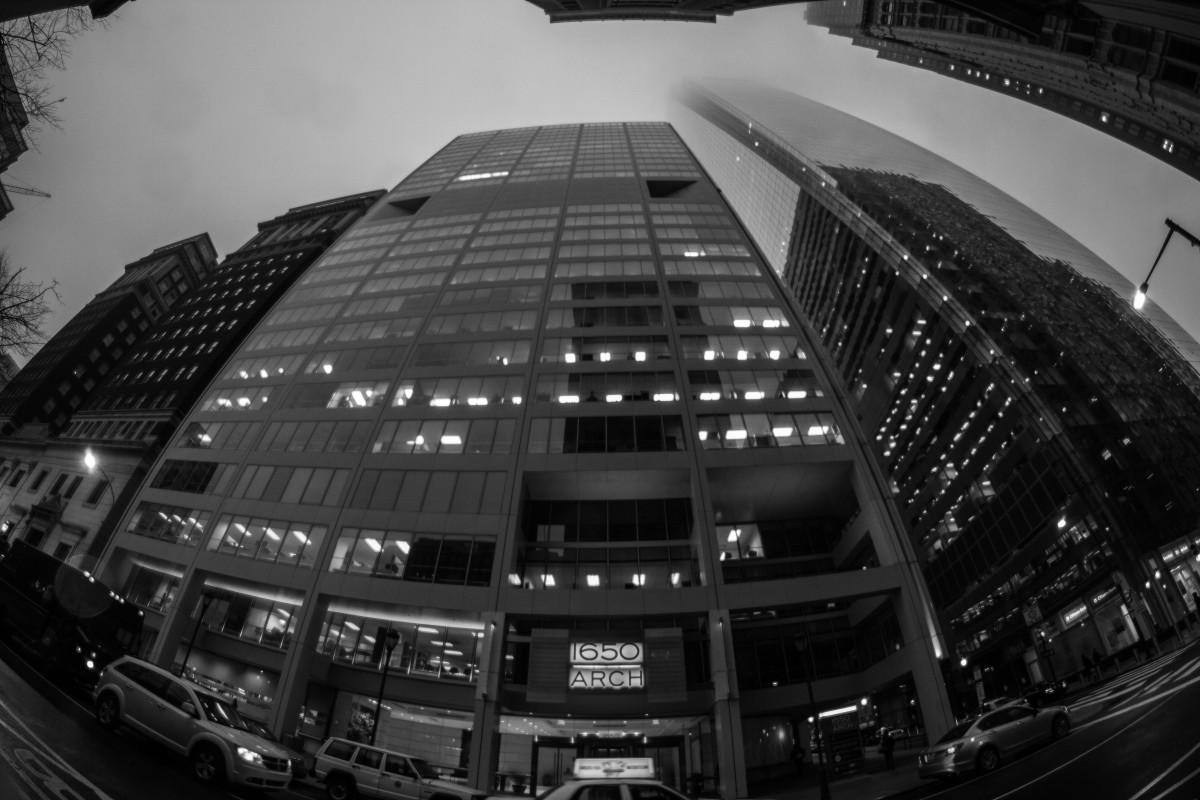
Organizing Principles in Architecture
Just like I discussed in my piece about "What is Art, How Does it Work?" architecture has certain organizing principles of design that help architects design buildings. These principles as they relate to architecture are:
- Balance- visual equilibrium, also when architectural elements have been organized to achieve evenly distributed visual weight
- Proportion- essential in architecture, this represents the adjustment of one part relative to another, and the size of each part relative to the whole
- Rhythm- the repetition of alternating elements and intervals
- Scale- the overall size in relation to the human being
- Emphasis- the focal point of the building
- Variety- provides for opposing or contrast elements that add interest without disrupting the overall unity
- Unity- the quality that makes the disparate architectural parts coalesce as a whole
The Architecture of Grand Central Station
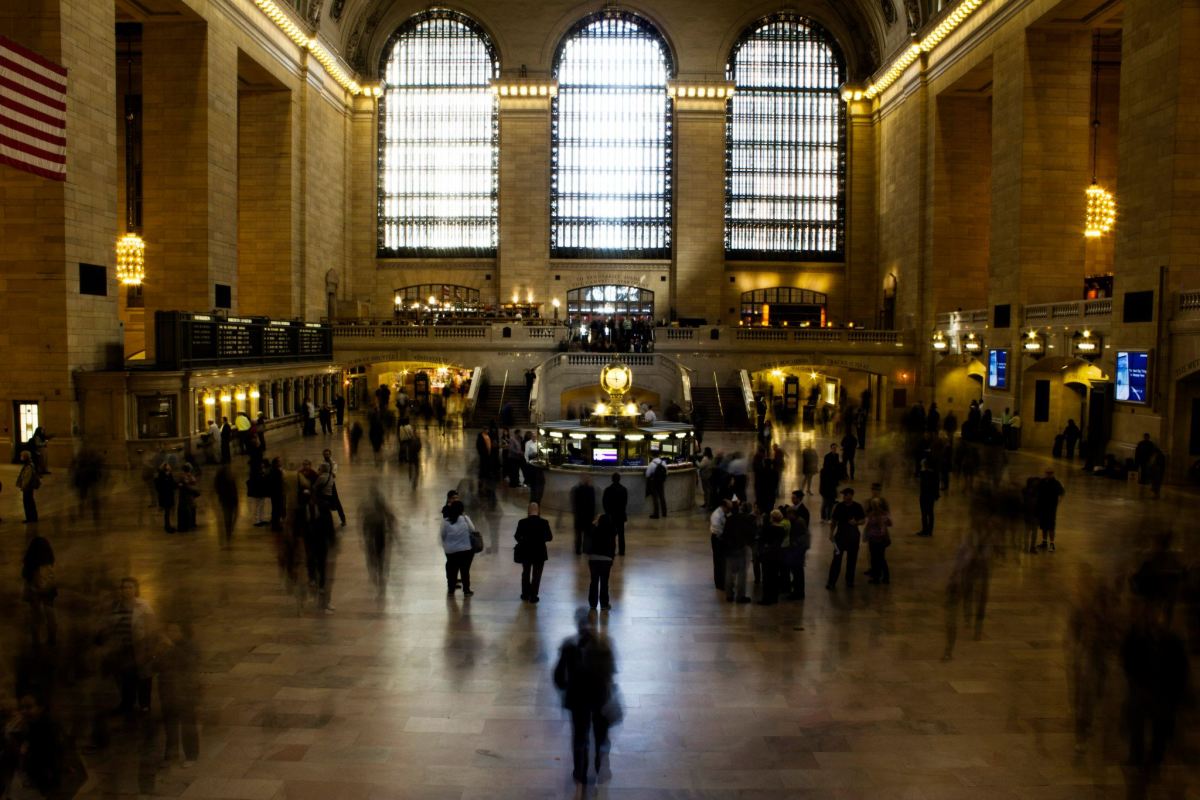
Architects as Artists
Architecture is the science AND art of designing and constructing buildings and other structures for human use. We use buildings and other structures in all kinds of ways. They shelter us from the elements, protect our possessions, and allow us to do many kinds of work. Buildings are aesthetic, because they are visually pleasing and enrich our visual environment and experience of life. Buildings are meaningful and symbolic. They communicate a wide range of spiritual, social and political ideas. The architect is therefore not simply a utilitarian professional, but also an expressive artist.
Ornamentation in Architecture
Ornamentation in architecture refers to the embellishment of forms or surfaces beyond structural necessity.
Ornamentation is used for emphasis, focal point, for function, or as a display of power. Ornamentation can often carry religious or symbolic meaning.
Ornamental aspects range from decorative, to functional, to representations of imperial power. They can be large in size, but often these details are small and minimal.
Architecture connects with its surrounding natural environment

Art and Architecture Poll
Do you think architecture is art?
The Natural Environment and Architecture
The natural environment is the background to all architecture. Even the most dense urban center is not devoid of nature- the sun, the sky, the wind, the air- they all affect our visual impression of a building. Throughout history and increasingly in the present day, architects make a note of the natural surroundings in which they are designing a building before they hit the drawing pad.
© 2014 Kathleen Odenthal


